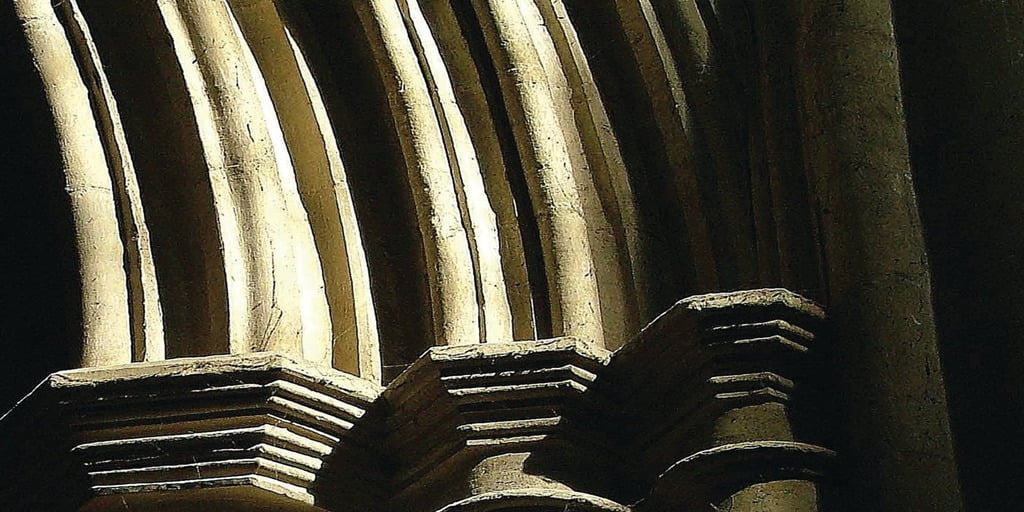Public display
Civil rights advocate and art collector John Bowes seemed destined for masonic greatness. Philippa Faulks discovers the Provincial Grand Master who never was
John Bowes is best known for the magnificent Bowes Museum in Barnard Castle, County Durham. Created with his wife Joséphine as a legacy for future generations, it now houses some of Britain’s most treasured artworks and has been compared to the Wallace Collection in London.
Born on 19 June 1811 in London, Bowes was the illegitimate son of John Bowes-Lyon, the 10th Earl of Strathmore and Kinghorne. The Earl had engaged in a long affair with Mary Milner, a commoner, only marrying her 16 hours before his death in 1820, when his son was nine years old. The marriage did not prevent Bowes-Lyon’s brother Thomas claiming the title of 11th Earl of Strathmore and Kinghorne.
Young Bowes’ legitimacy was questioned and the courts agreed that he would inherit the English estates – including the Gibside estate and Streatlam Castle – and that his uncle would come into the Scottish estates and earldom. Bowes was brought up by his mother at Gibside and later gained a BA at Trinity College, Cambridge in 1832.
Bowes had a keen interest in theatre and art, notably due to his friendship with novelist and satirical cartoonist William Makepeace Thackeray. He ventured to Paris in 1832 and returned many times, having a financial interest in the Théâtre des Variétés. It was also where he met his future wife.
Back in Britain, Bowes was responsible for the Strathmore English estates, but his other main passion was horse racing. He owned Streatlam Stud and his finest triumph came with the horse West Australian, who won the 2,000 Guineas, the Derby and the St Leger Stakes in 1854, a feat later dubbed as winning ‘the Triple Crown’.
Politician and philanthropist
Bowes was the Liberal Party MP for South Durham between 1832 and 1847 and a political reformer. He was an advocate for civil rights, religious freedom of expression and the abolition of colonial slavery – all qualities that would complement his masonic career. Of all the biographies available, however, little or no mention is made of his curious appointment as Provincial Grand Master of Durham in 1845.
According to masonic records, Bowes was initiated into Scientific Lodge, No. 131 (now No. 88), on 19 May 1831, while at Cambridge. Duly passed and raised, he then joined the now erased Union Lodge of Barnard Castle, No. 667, in 1842. He became a member of what is now Palatine Lodge, No. 97 (formerly Sea Captains’ Lodge, No. 218), in 1845 and joined the London-based Lodge of Friendship, No. 6, the following year.
According to a paper by CE Hardy entitled ‘John Bowes, The PGM who was never installed’, in the early part of 1845 Bowes was PGM-designate for the province of Durham. However, how, when or by whom he was recommended is still a mystery.
In October 1845 it was announced by Sir Cuthbert Sharp DPGM, at a meeting of Lodge of Industry, No. 56 (now No. 48), ‘that his [Bowes’] installation would take place at as early a date as could be arranged’. The announcement was received with ‘great satisfaction by the brethren present’ and ‘a general revival of Freemasonry in the Province’ was expected to result.
Bowes, however, was never installed and resigned from the appointment in 1847. A copy of a letter from the Grand Master, Thomas Dundas, 2nd Earl of Zetland, to Bowes states that: ‘Although I sincerely regret to lose your cooperation as a mason, yet I admit that under the circumstances you are perfectly right in resigning the office of Prov GM of Durham.’
So, what was the reason behind ‘the PGM who never was’? Hardy’s research suggests a catalogue of unfortunate circumstances and miscommunications.
Around this time, Bowes was travelling back and forth to France, partly for business but more likely affairs of the heart; he was enamoured with the actress Joséphine Benoîte Coffin-Chevalier, an avid art collector. It was this liaison that would later lead to the creation of the County Durham museum.
Bowes was in the swansong years of his political career, leaving him free to pursue his philanthropy. It is probable that the delays caused by his absences, and the sudden illness of his supporter Sir Cuthbert Sharp, caused Bowes to decide that he could not fulfil the expectations of him as PGM.
Bowes’ masonic career did not stall completely with these events, however. He became a founder member of Barnard Lodge, No. 1230, in 1868, and contributed £100 towards building the masonic hall.
‘He was an advocate for civil rights, religious freedom of expression and the abolition of colonial slavery.’
Lasting legacy
Bowes and Joséphine married in 1852 and oversaw work on the museum, although neither lived to see its completion. Joséphine laid the foundation stone in 1869, despite being gravely ill, and died in 1874; Bowes died on 9 October 1885. He would have been heartened to know that the 1892 opening was ‘attended by local lodges in full masonic regalia’.
In April 2009 the museum added another masonic connection. During restorations, a local stonemason found an old beer bottle with a note inside:
‘I wonder if this flue will ever be reopened? If it should be, and this bottle should still survive, the finder may be interested to find this brief record…
I, the writer, am the second curator of the museum, and have held the appointment for nearly 22 years. I am 54 years of age – a Churchman and Conservative, and a Past Master of the Barnard Lodge of Freemasons, No. 1230.’
Signed in 1906 by one Owen Stanley Scott, it is a fitting reminder of a legacy built on Freemasonry.
With grateful thanks to Adam Lamb, Provincial Museum and Library, Sunderland; Martin Cherry, Library and Museum of Freemasonry, London; and John Acaster
